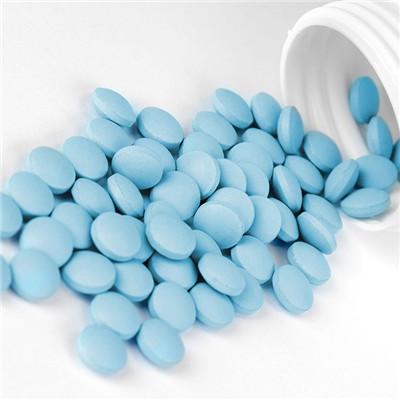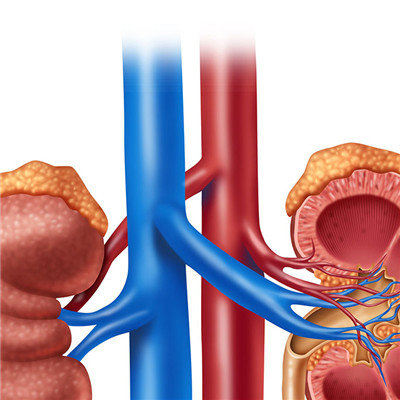What symptom does spasmodic bronchitis have
summary
Special attention should be paid to the timely detection of spastic bronchitis. The main cause of bronchitis is the chronic nonspecific inflammation of bronchus caused by repeated infection of virus and bacteria. Because it is a common disease, when the temperature drops, respiratory small vasospasm ischemia, defense function decline is conducive to the disease; smoke dust, air pollution and other chronic stimulation can also occur; smoking makes bronchospasm, mucosal variation, ciliary movement decreased, mucus secretion increased, conducive to infection; allergic factors also have a certain relationship. What symptom does spasmodic bronchitis tell everybody.
What symptom does spasmodic bronchitis have
First: acute bronchitis acute bronchitis early often manifested as upper respiratory tract infection symptoms, patients usually have nasal congestion, runny nose, sore throat and hoarseness and other clinical manifestations. The general symptoms are mild, but there may be low fever, chills, fatigue, conscious throat itching, irritating cough and retrosternal pain. In the early stage, the amount of sputum was not much, but the sputum was not easy to cough up. 2-3 days later, the sputum could change from mucinous to mucopurulent. Cold, inhaling cold air or irritant gas can aggravate or induce cough. The cough is often obvious in the morning or at night. Cough can also be paroxysmal, sometimes persistent cough. Severe cough is often accompanied by nausea, vomiting and chest, abdominal muscle pain. If accompanied by bronchospasm, there may be wheezing and shortness of breath. Generally speaking, the course of acute bronchitis has a certain self limitation. The general symptoms can subside in 4-5 days, but sometimes cough can be prolonged for several weeks. Sometimes dry rales can be found on physical examination and disappear after coughing; occasionally wet rales can be heard at the bottom of lung, and wheezing can be heard when accompanied by bronchospasm. Usually, the white blood cell count is normal, and there is no abnormality in chest X-ray examination.

Second: chronic bronchitis chronic bronchitis refers to patients with chronic cough and expectoration for more than three months every year for two consecutive years, excluding other causes of chronic cough. It is not necessarily accompanied by persistent airflow limitation. (1) long term, repeated and gradually aggravating cough is the prominent manifestation of the disease. Mild cases only occur in winter and spring, especially before and after getting up in the morning. Cough is less in the daytime. In summer and autumn, cough is relieved or disappeared. Severe patients cough in all seasons, especially in winter and spring, day and night. (2) expectoration of sputum is usually white mucous and foam, which is more frequent in the morning. After infection or cold, the symptoms quickly worsened, the amount of sputum increased, viscosity increased, or yellow purulent sputum or accompanied by wheezing. Occasionally, the sputum is bloody due to severe cough. (3) wheezing when complicated with respiratory tract infection, due to congestion and edema of bronchiolar mucosa, obstruction of sputum and stenosis of bronchial lumen, asthma (wheezing) symptoms may occur. Wheezing occurred in the throat during breathing and wheezing occurred in the lung during auscultation. (4) repeated infection in cold season or sudden change of temperature is prone to recurrent respiratory tract infection. At this time, the patient's asthma aggravated, the amount of sputum increased significantly and was purulent, accompanied by general fatigue, chills, fever and so on. Wet sound appeared in the lung, and the white blood cell count increased. Repeated respiratory tract infection is especially easy to worsen the condition of elderly patients, we must pay full attention to it.

Third: diet should be light, avoid spicy meat. Should quit smoking and drink more tea, because smoking will cause respiratory secretions increase, reflex bronchospasm, sputum difficult, conducive to the growth and reproduction of viruses and bacteria, make chronic bronchitis further worse. Tea contains theophylline, can excite sympathetic nerve, make bronchiectasis and reduce cough and asthma symptoms.

matters needing attention
Improve cold resistance and body resistance. In winter, it's helpful to wash your face and hands with cold water and massage your feet and palms before going to bed. In addition, we can choose health care exercises, Taijiquan and other items according to our own constitution, and insist on exercise, which can improve the body's disease resistance ability. The amount of activity is not obvious shortness of breath, rapid heartbeat and excessive fatigue.
















